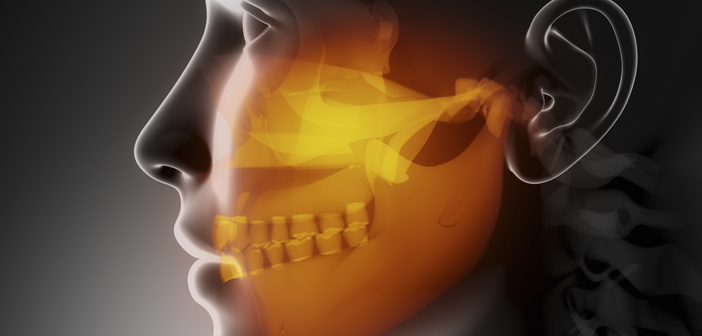Oral cancer kills one American every hour of every day. Previously a concern of only tobacco users and those with poor oral health, the characteristics of oral cancer have dramatically changed over the years, leaving everyone a potential candidate. Its early stage is often painless and goes undetected.
Take, for example, a woman 33 years old and a non-smoker, who was diagnosed with late stage oral cancer and given a 15 percent chance of survival. She is now an active advocate for early detection, and founder of the six-step screening process (sixstepscreening.org).
Research has concluded that tobacco use was the single most important cause of cancer. In recent years, however, an increasing number of non-smoking individuals are being diagnosed with oral cancer. This is due to a persistent HPV16 viral infection, the same virus causing 95 percent of cervical cancer. At this point, HPV16+ oropharyngeal cancer is the fastest growing cancer in America.
We hope that a vaccine will exist to prevent oral cancer for our children’s generation. Populations that do not have access to routine dental care are twice more likely to develop oral cancer. Also, the HPV impacts more men than women, with a 4/1 ratio. Other risk factors include excessive consumption of alcoholic beverages (in excess of 15 per week), especially when used in conjunction with tobacco.
Another significant risk factor is related to the use of Betel Nut and bidi cigarettes (filter-less rolled tobacco), which can be chewed or smoked.
A diet lacking in protective nutrients and antioxidants found in fruits and vegetables increases the risk of cancer and a variety of other serious illnesses. In addition, unprotected sun exposure increases the likelihood of developing lip cancer, and use of lip protection with at least 30 SPF is recommended.
Research slowly continues as federal grants are going to long-term esoteric cancer research. Currently, the Oral Cancer Foundation, in a desperate attempt to reach younger populations, is advocating the HPV vaccine (used to prevent cervical cancer) to prevent oral cancer in young boys. The National Institutes of Health is currently researching the effectiveness of this method.
There are currently no preventative measures for the spread of this virus. Your family dentist can perform a thorough screening, such as the six-step screening, to help with early diagnosis.
Symptoms to watch out for include persistent mouth sores, pain in the mouth or ear, chronic hoarseness, a non-tender lump in neck, abnormal swallowing, and an unusual sore throat.
Early indicators are red and/or white discolorations of the soft tissues of the mouth, any sore which does not heal within 14 days, and hoarseness which lasts for a prolonged period of time.
Advanced indicators include a sensation that something is stuck in your throat, numbness in the mouth, difficulty moving the muscles of the mouth, lips or tongue, difficulty swallowing, ear pain which occurs on one side only, and a lump or thickening which develops in the mouth or on the neck. For people with dentures, a sore under a denture that does not heal even after adjustments have been made is also an advanced sign of oral cancer.
Another method of detection is Tissue Auto Fluorescence, in which dental devices are used to detect compromised cells which are not typically visible. Saliva samples can be analyzed to help determine who is at risk by using genetic/DNA testing for prevention. This method is now ready for mainstream use.
Each year in the U.S., 42,000 people (or 115 per day) will be diagnosed with oral cancer. Every day, one person will die from it every hour. The impact of the HPV virus is not to be taken lightly.
Sources: Oral Cancer Foundation, National Centers for Chronic Disease Prevention and Health Promotion, Centers for Disease Control, The Robert Wood Johnson Foundation, Bruce Paltrow Fund.
Each year in the U.S., 42,000 people (or 115 per day) will be diagnosed with oral cancer. Every day, one person will die from it every hour.








